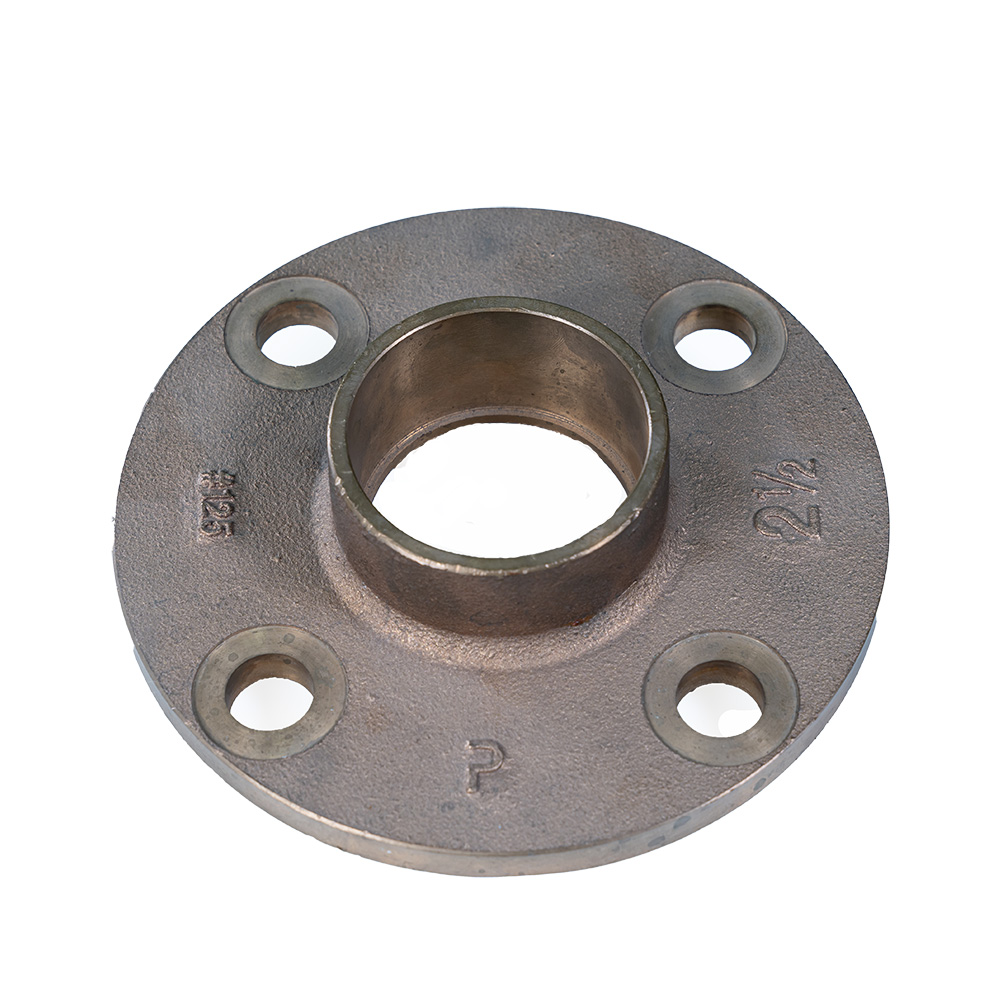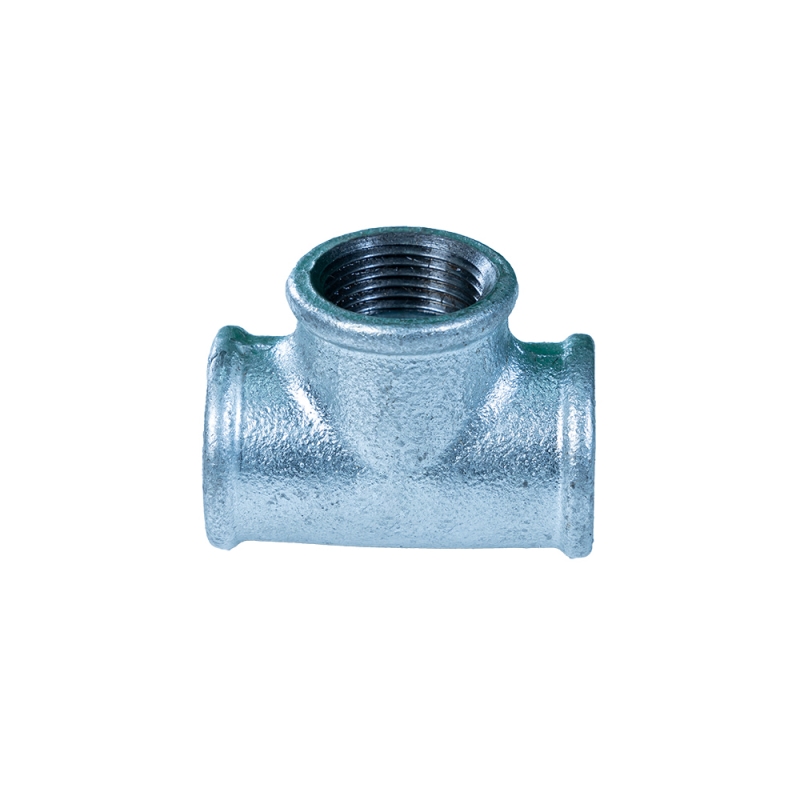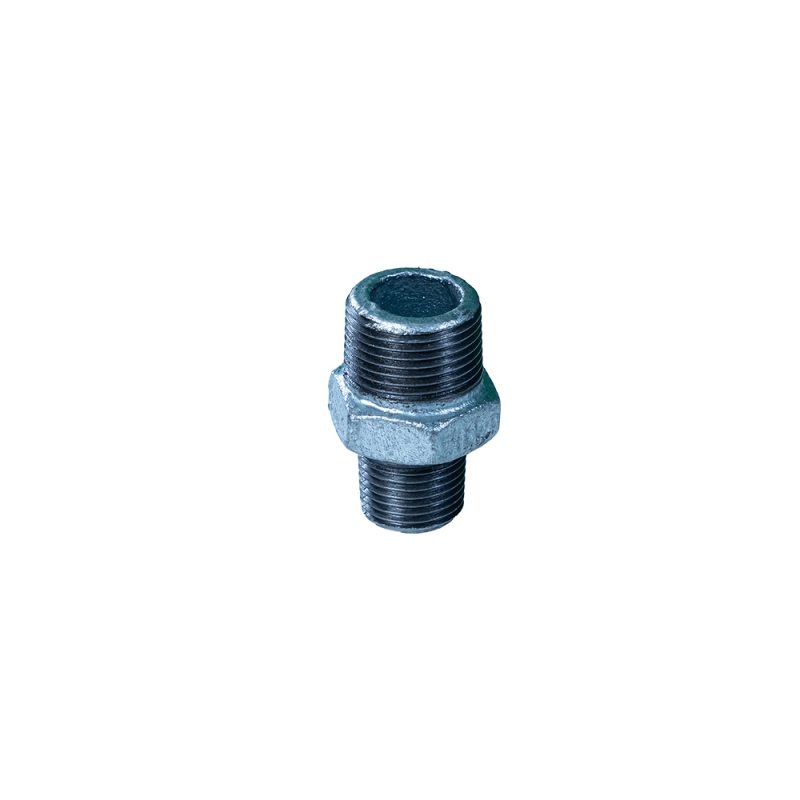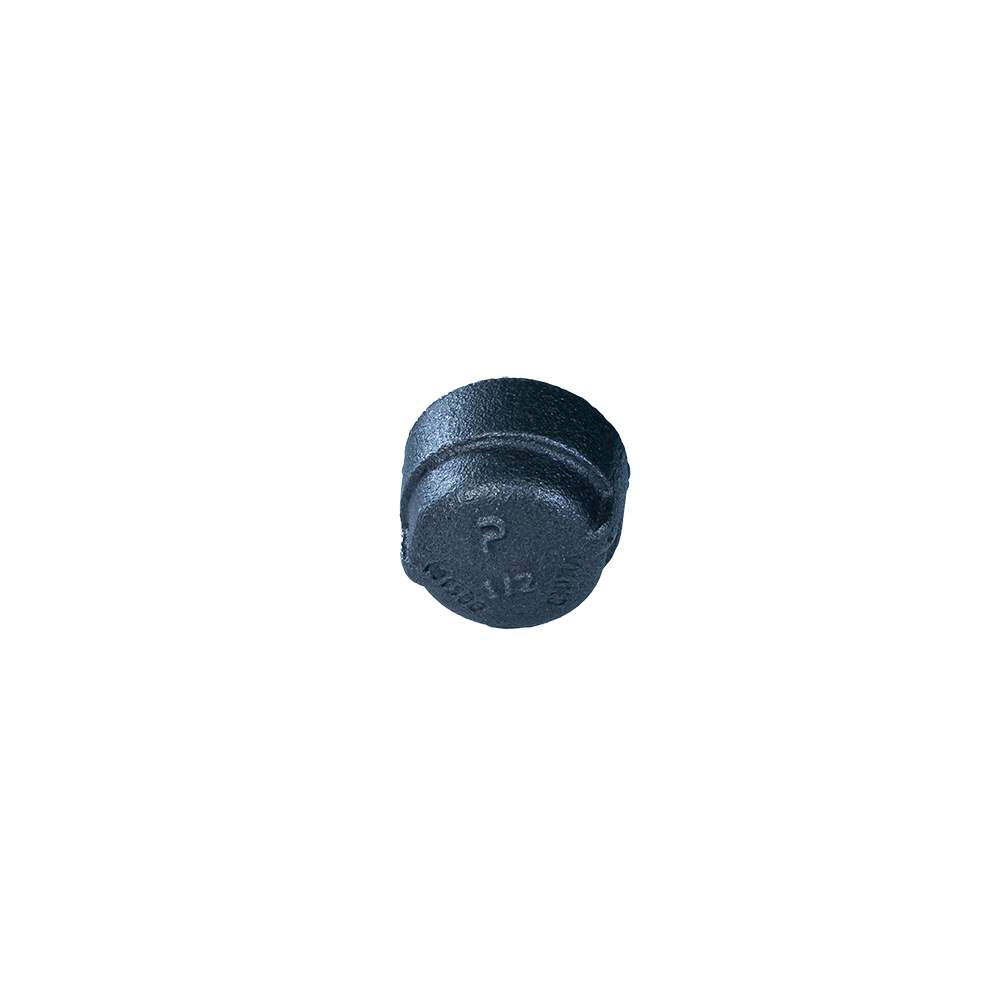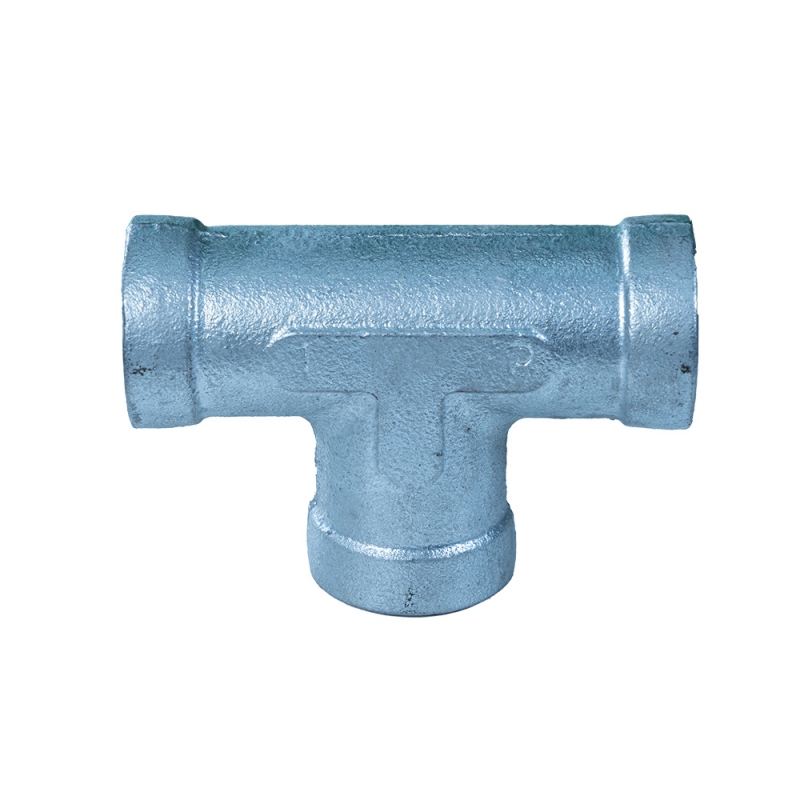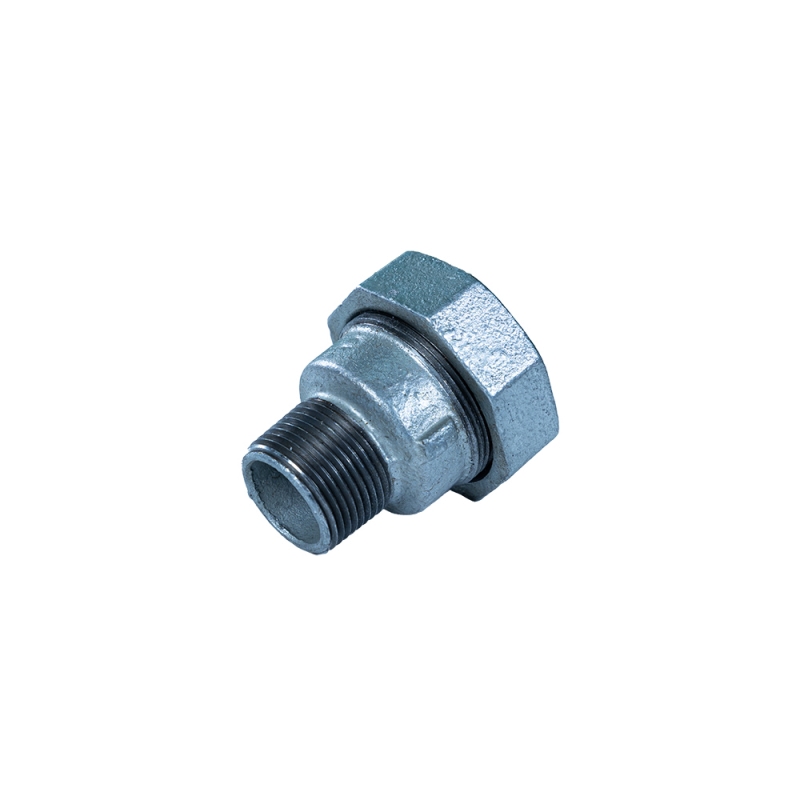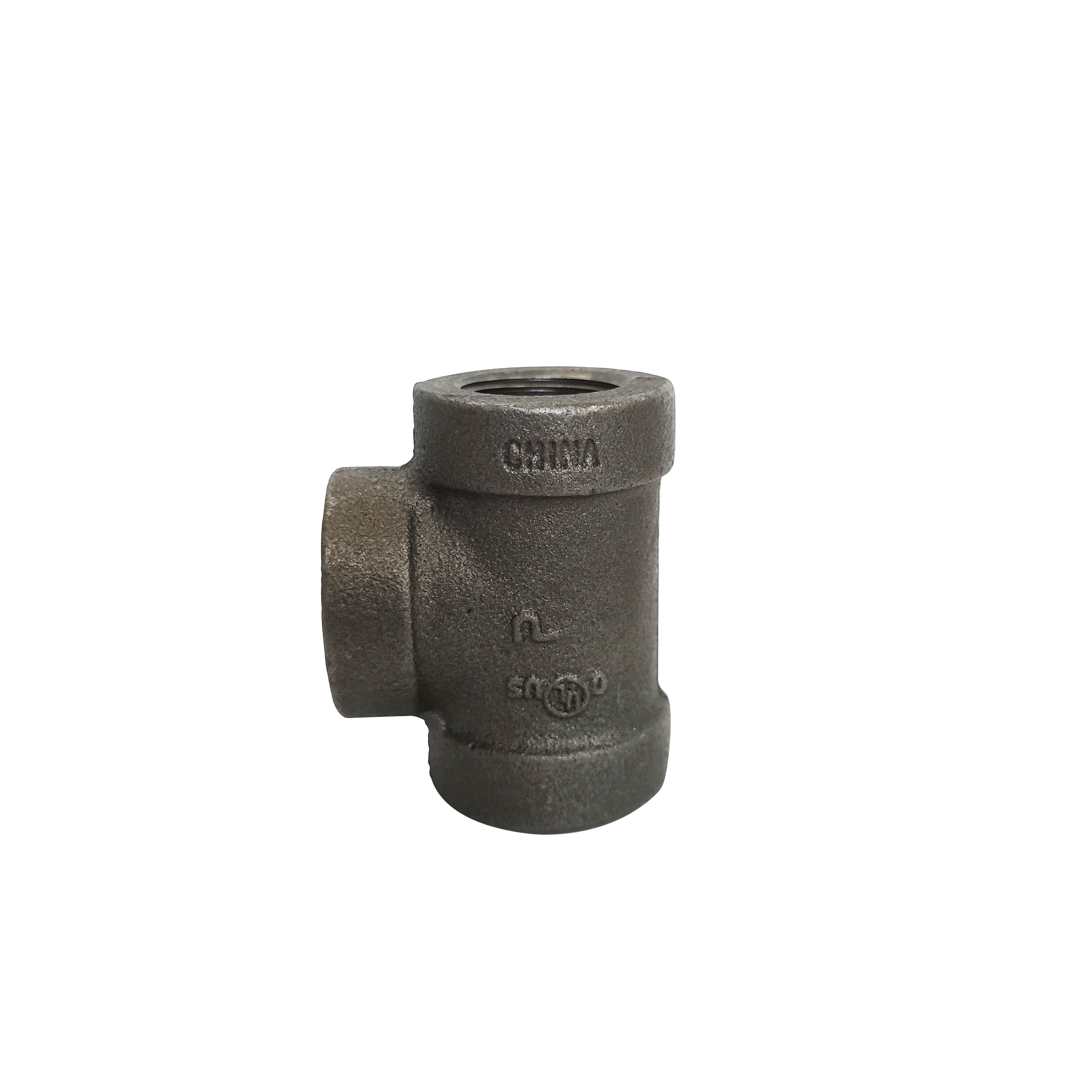Plumbing systems, whether in a bustling commercial building or a cozy home, rely on a variety of components to function seamlessly. These elements work together to ensure that water, gas, and other fluids flow precisely where they're needed. But which ones truly make a difference? Let's explore different plumbing fittings, 90 degree elbow pipe, gas pipe fitting, cast iron plumbing pipe fittings, E 90 elbow fitting to understand their roles and significance.

How Do Varied Plumbing Fittings Transform a System?
When it comes to plumbing, the assortment of different plumbing fittings is what enables complex networks to operate efficiently. From the smallest joints to larger connectors, each fitting has a unique purpose. Take, for instance, the fittings used to branch water lines in a multi - bathroom house. Specialized tees and crosses direct water to each fixture, while couplings ensure a secure connection between pipes of the same size. Some fittings are designed for specific materials, like plastic or metal, enhancing the overall durability and performance of the system. Without the right combination of these diverse fittings, a plumbing setup would struggle to meet the demands of daily use.
Where Would You Use a 90 Degree Elbow Pipe?
A 90 degree elbow pipe is a common yet essential component in plumbing layouts. This fitting is crucial when pipes need to make sharp turns, such as navigating around structural beams in a building or changing directions to reach a specific fixture. In a kitchen, for example, a 90 degree elbow pipe might direct the water supply line from the wall to the sink faucet at a right angle. In industrial settings, these elbows are used to route large - diameter pipes in complex systems, ensuring that fluids can change course without significant disruption to the flow. Their ability to create a precise 90 - degree bend makes them indispensable for achieving the right layout in countless plumbing applications.
What Sets Gas Pipe Fittings Apart?
Gas pipe fittings require a different level of precision and safety compared to those for water. Since gas is highly flammable and potentially dangerous, these fittings must form a tight, leak - proof seal. They're often made from materials like steel or brass, which offer strength and durability. Special threading and sealing compounds are used to ensure that gas doesn't escape during transit. For example, in a residential gas - fired heating system, each connection from the main gas line to the furnace must be carefully fitted with gas - specific fittings. These fittings also need to withstand pressure changes and environmental factors, making them a critical part of any gas - based plumbing setup.
Why Choose Cast Iron Plumbing Pipe Fittings?
Cast iron plumbing pipe fittings have long been favored for their robust nature. Their heavy - duty construction makes them ideal for applications that require strength and longevity. In older buildings, cast iron fittings were commonly used for drainage systems due to their ability to handle large volumes of wastewater and resist corrosion over time. They can withstand high pressures and temperatures, making them suitable for both above - and below - ground installations. While they may be heavier and more difficult to install compared to some modern materials, the durability of cast iron fittings often outweighs these drawbacks, especially in demanding plumbing environments.
How Do 90 Elbow Fittings Impact Flow?
90 elbow fittings, similar to 90 degree elbow pipes, play a significant role in determining how fluids move through a plumbing system. The sharp 90 - degree angle can create turbulence and resistance, affecting the flow rate. However, modern designs often incorporate smooth interiors and specific geometries to minimize these effects. In a drainage system, for example, a well - designed 90 elbow fitting allows wastewater to flow smoothly without causing blockages. In contrast, a poorly installed or low - quality elbow can lead to slow drainage or even backups. Understanding how these fittings interact with the flow of water or gas is key to optimizing the performance of any plumbing network.
Plumbing Fittings FAQs
Can I interchange different types of plumbing fittings?
In most cases, it's not advisable to interchange different types of plumbing fittings without careful consideration. Each fitting is designed for specific purposes, pipe materials, and pressure ratings. For example, using a water - rated fitting for a gas line can be extremely dangerous. Always check the specifications and ensure that the fittings are compatible with your plumbing system's requirements.
How do I maintain 90 degree elbow pipes?
Regular inspection is key to maintaining 90 degree elbow pipes. Look for signs of leaks, corrosion, or cracks, especially at the joints. If you notice any issues, address them promptly. For metal elbows, applying a protective coating can help prevent rust. In drainage systems, consider using drain cleaners periodically to prevent debris buildup inside the elbows.
What safety precautions should I take with gas pipe fittings?
When working with gas pipe fittings, always ensure that the area is well - ventilated. Before starting any installation or repair, turn off the gas supply. Use only approved gas - rated fittings and sealants, and double - check all connections for tightness. If you smell gas after installation, evacuate the area immediately and contact a professional to inspect the system.
Are cast iron plumbing pipe fittings prone to rust?
While cast iron is relatively resistant to corrosion, it can still rust over time, especially if exposed to moisture and oxygen for extended periods. However, many cast iron fittings come with a protective coating or are treated to enhance their rust resistance. Regular maintenance, such as painting or applying rust - inhibiting compounds, can further extend their lifespan.
How can I reduce flow resistance in 90 elbow fittings?
To reduce flow resistance in 90 elbow fittings, choose fittings with smooth, radius - shaped interiors rather than sharp - angled ones. Additionally, ensure that the fittings are properly sized for the pipe diameter to avoid any restrictions. Using high - quality fittings and maintaining a clean plumbing system can also help improve the overall flow efficiency.
Post time: Lug-01-2025


